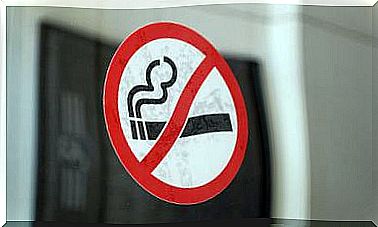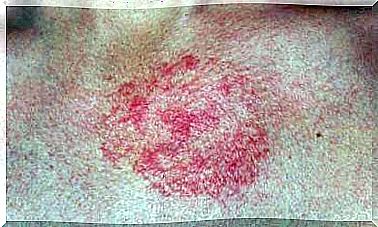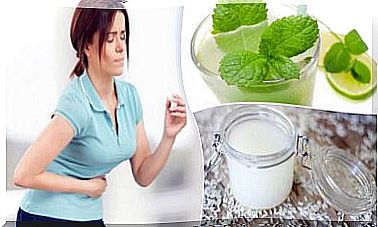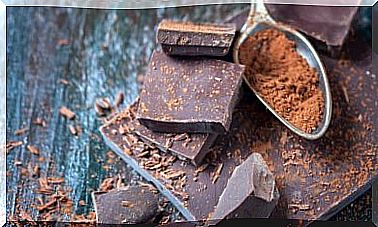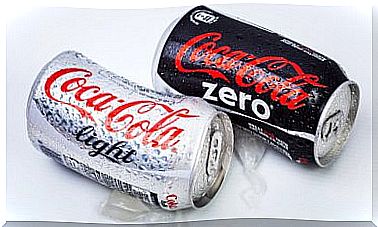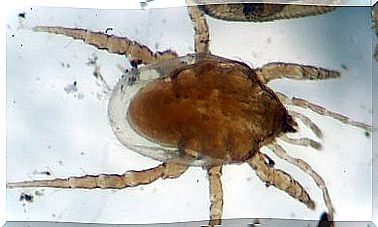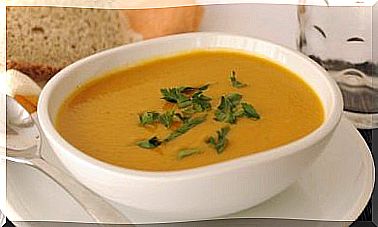Foods To Raise Iron Levels
Iron is a mineral that actively participates in the proper functioning of the body. Among other functions, it is present in the synthesis of DNA or in the formation of collagen. In addition, it increases the defenses to fight diseases, and produces hormones and connective tissue.
However, the main task of iron is to transport and store oxygen.
On the other hand, it also participates in the cellular respiration process by producing:
- Hemoglobin, a protein in red blood cells that carries oxygen from the lungs to other parts of the body,
- Myoglobin, another similar protein but with the ability to transport oxygen to the muscles.
Depending on the kind of food in which it is concentrated, there are two types of iron:
- On the one hand, the hemic. It is easy to absorb. It is found in products of animal origin.
- And, on the other hand, the non-hemic. It is absorbed in a very low amount, about 3 to 8%. This is found in plant-type foods.
How much iron should you consume?
According to this report from the National Institutes of Health (United States), the body needs amounts of iron depending on the stage of life of each person, sex or diet, among other factors.
Some of the most representative examples are presented in the following list:
- Babies up to 6 months of age – 0.27 mg
- Children 4 to 8 years of age – 10 mg
- Adult men 19 to 50 years of age – 8 mg
- Adult women 19 to 50 years of age – 18 mg
- Teens and Pregnant Women – 27 mg
- Lactating women – 9 mg
An interesting fact is that adult and pregnant women need a higher consumption than men, due to their organic processes.
On the other hand, it is also advisable for people who do strenuous sports to increase their iron intake, as they are more likely to suffer from deficiency.
Although the exact reason is unknown, it is believed that it may be due to the need to increase the production of red blood cells to carry oxygen and respond to the demands of exercise.
In these cases, it is best to speak with your doctor to determine if there is an iron deficiency and what dose is the most recommended.
Iron rich foods
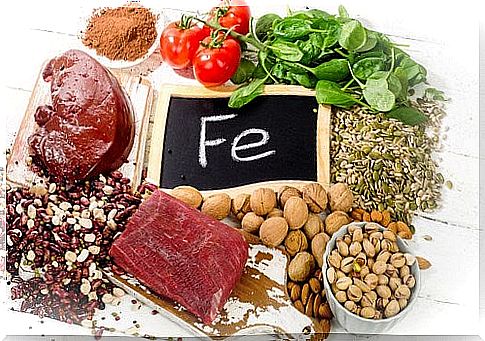
As mentioned above, iron is a mineral that can be found naturally in food, both of animal and vegetable origin.
Here is a list of those that have the greatest amount in their composition:
- Poultry meat (especially dark red ones), eggs.
- Lean red meat, such as beef.
- Clams and other mollusks.
- Salmon.
- Dried fruits: prunes, raisins, apricots.
- Cereals and breads with integrated iron.
- Legumes: soybeans, lentils, peas, dried beans, lima beans, kidney beans.
- Vegetables: spinach, broccoli, cabbage, kale, asparagus, dandelion leaves.
- Whole grains: Wheat, oats, brown rice.
It is important to note that the absorption of iron contained in vegetables, fruits, grains and food supplements is lower, compared to that of meat.
Despite this, the absorption of the mineral in vegetables can triple if lean meat is mixed with vegetables or dark leafy legumes in meals.
Another way to help the body to improve the absorption of iron is to consume foods with a higher level of vitamin C, according to this study carried out by the Teaching Polyclinic ?? Ramón López Peña ?? from Cuba.
Vitamin C or ascorbic acid facilitates the uptake of iron at the gastrointestinal level and allows a greater mobilization of the resources stored in the body.
Do I need to consume more iron?
For those who do not have a direct relationship with medicine or nutrition, recognizing the symptoms derived from low iron levels in the body can be a difficult task.
However, there are some signs and circumstances that make it possible to identify certain warning signs.
According to this study carried out by the University of Chile, low iron levels can lead to anemia. A condition in which the body does not produce sufficient amounts of hemoglobin in the blood.
Symptoms of anemia or low levels of hemoglobin in the blood
- Pallor
- Asthenia
- Shortness of breath when exercising
- Muscular fatigue
- Low level of performance
- Cold hands and feet
- Neurological disorders: dizziness, headaches, dizziness
- Kidney disorders. Birth of edema or swelling in the legs
- Increased rate of heartbeat
Likewise, people with a vegetarian diet need to consume twice the recommended daily amount of this mineral, since the absorption in vegetables is much lower than when consuming meat.
Risks of excess iron
The consumption of foods with iron is positive as long as it is done with balance, under medical supervision. Otherwise, symptoms such as:
- Gastric upset
- Constipation
- Vomiting
In some cases, there could even be failure of some organs or even iron accumulation due to hemochromatosis, according to this study carried out by the Central University Hospital of Asturias (Spain).
Similarly, it is believed that excess consumption could increase the probability of suffering from diseases such as breast cancer, irregular heart rate and cirrhosis of the liver, although there are not enough studies to fully support this.
Thus, the dynamics of this mineral in the body should not be taken lightly.
As we have seen, it is very important to check the levels of iron in our body and blood. The best way to verify them is through blood tests.
Likewise, we cannot forget that the basis of good health is a diverse and balanced diet.
